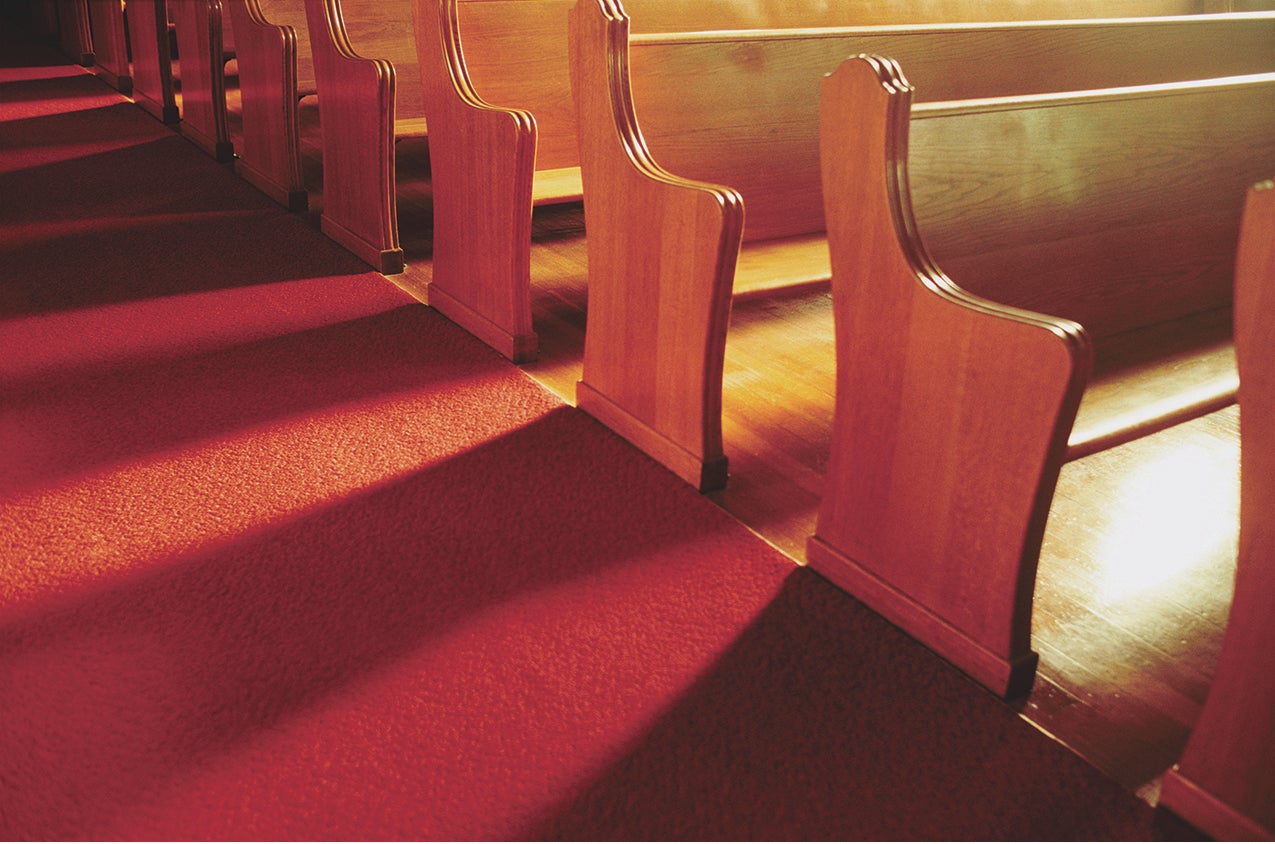How religious organizations are confronting social distancing
Published 12:05 am Saturday, May 9, 2020
|
Getting your Trinity Audio player ready...
|
The outbreak of the novel coronavirus COVID-19 changed life as people know it. In the wake of the outbreak, hundreds of millions of people across the globe were forced to change how they work, how they spend their free time and even how they eat their meals as social distancing measures were enacted in an effort to stop the spread of a virus that, by late-March 2020, had already claimed the lives of thousands of people.
Seemingly no aspect of life was unaffected by social distancing measures, including how people celebrate their faith. To prevent the spread of COVID-19, many religious organizations were forced to reconsider how they interact with their congregants. For example, in recognition of changes within the religious realm prompted by the COVID-19 outbreak, the United Synagogue of Conservative Judaism provided a free list of tools and resources (www.uscj.org/synagogue-resources) to help synagogues operate more effectively. Similarly, in accordance with an executive order from New York Governor Andrew Cuomo limiting social gatherings, the Roman Catholic Diocese of Albany canceled all public liturgies, but also announced measures to livestream Masses and even provided a schedule of those masses through its website (www.rcda.org/livemass).
Livestream religious services allow people of faith to continue to celebrate their faith. Such services also provide access to non-members who might nonetheless be looking for guidance during a time that is unlike any many people alive today have ever experienced. The uplifting messages offered at religious services can help people confront and overcome feelings like depression and anxiety, which the American Psychological Association notes researchers have linked to social distancing. Being part of a community, even if that community is operating exclusively online, can provide a lift to those struggling with the potentially isolating consequences of social distancing.
People interested in engaging in faith-based services and programs while social distancing are urged to contact a local religious organization to see how it is providing spiritual guidance during this unique time.
In accordance with Governor Abbott’s executive order GA-18, the following are the minimum recommended health protocols for all churches, congregations, and places of worship in Texas. Churches, congregations, and places of worship may adopt additional protocols consistent with their specific needs and circumstances to help protect the health and safety of all Texans. The same minimum standard health protocols would apply to funeral services, burials, and memorials.
Health protocols for serving your attendees:
- Strongly encourage the at-risk population2 to watch or participate in the service remotely.
- Designate an area inside the facility reserved for the at-risk population, or offer a service for at-risk population attendees only.
- Ensure proper spacing between attendees:
- Keep at least two empty seats (or six feet separation) between parties in any row, except as follows:
– Two or more members of the same household can sit adjacent to one another, with two seats (or six feet separation) empty on either side.
– Two individuals who are not members of the same household but who are attending together can sit adjacent to one another, with two seats (or six feet separation) empty on either side.
- Alternate rows between attendees (every other row left empty).






